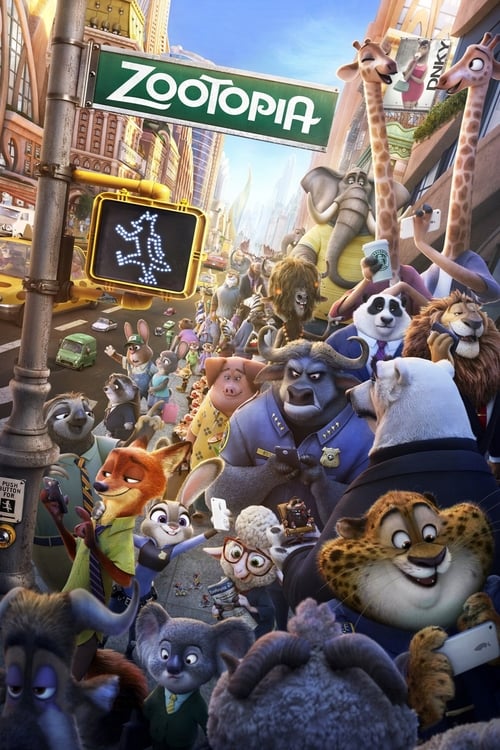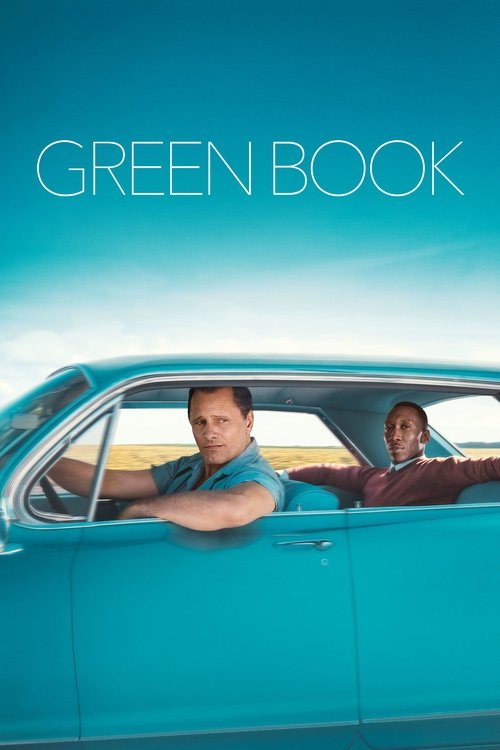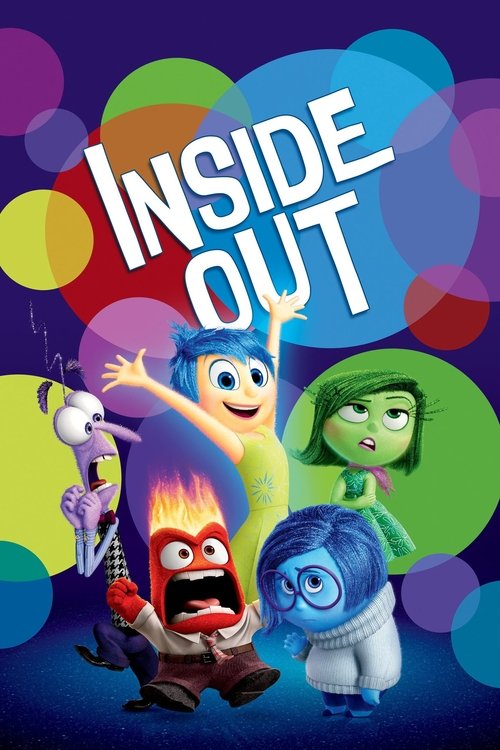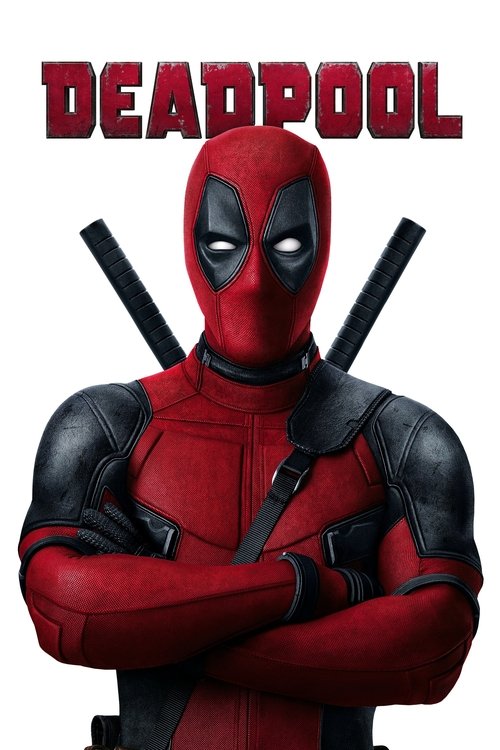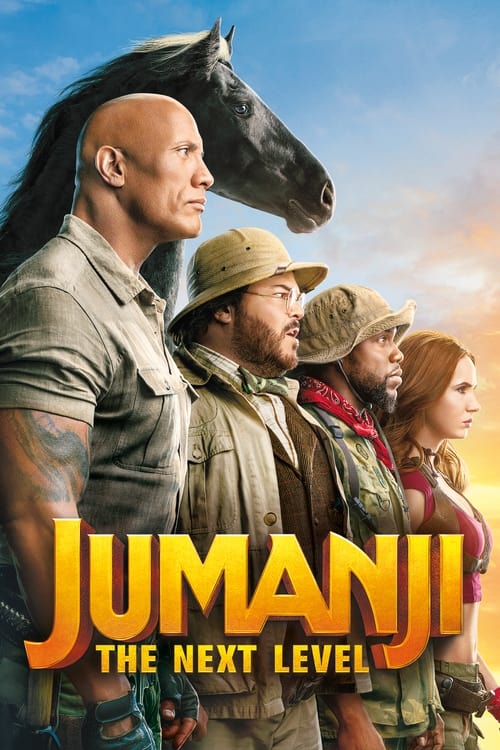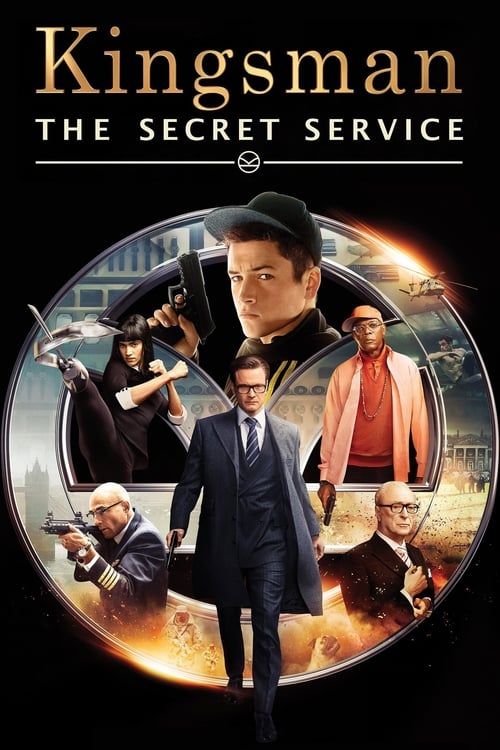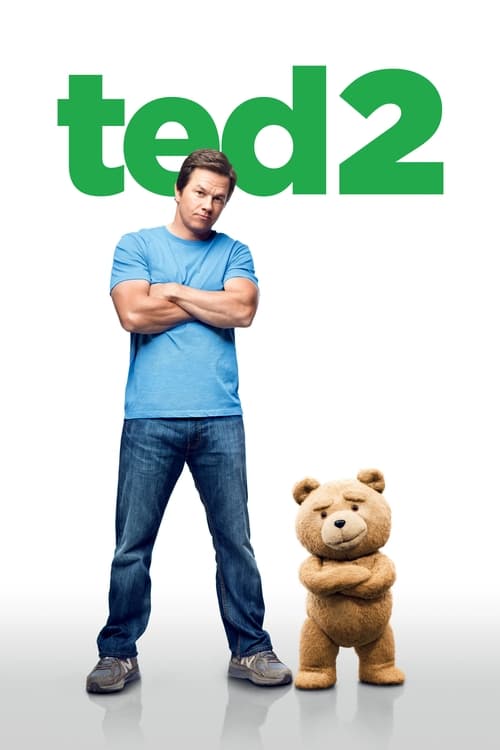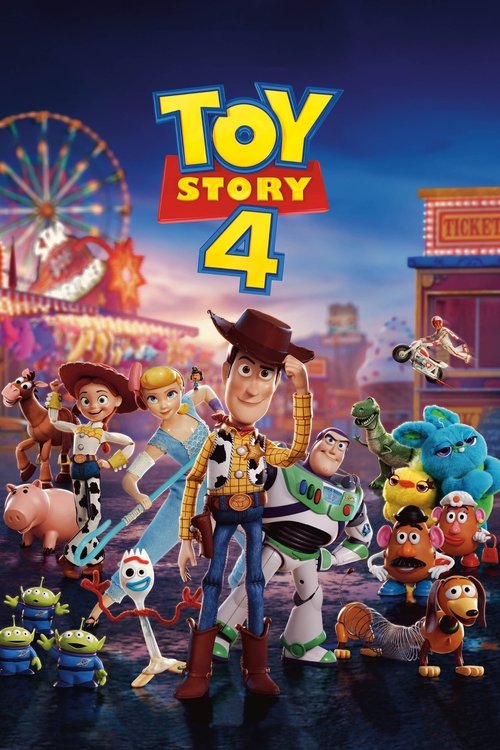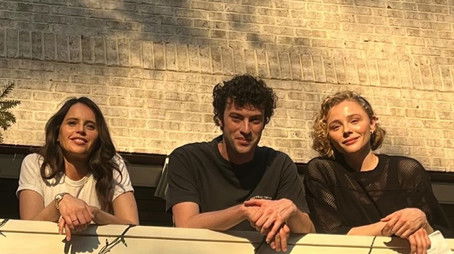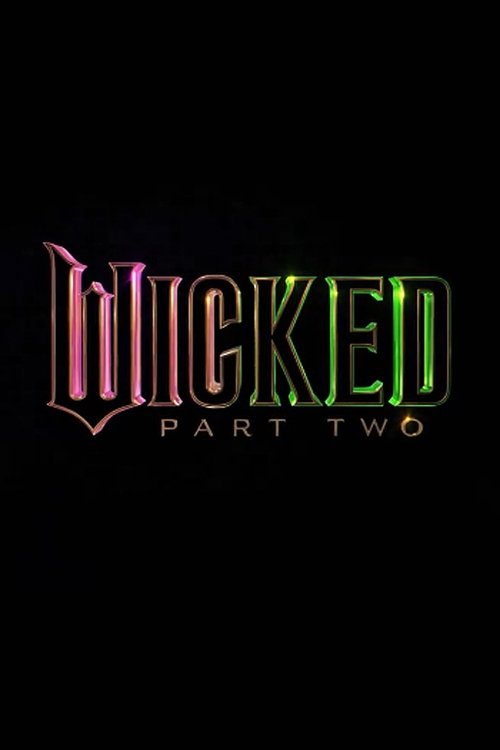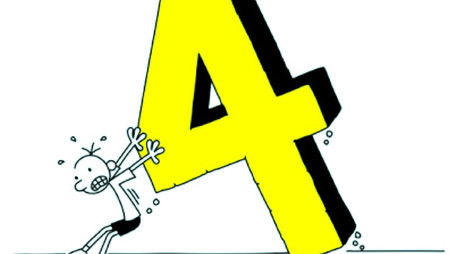
Ask Your Own Question
What is the plot?
In the sprawling, vibrant city of Zootopia, where predators and prey live side by side in a complex mosaic of districts, the story begins in the peaceful rural town of Bunnyburrow. Here, a young rabbit named Judy Hopps dreams fervently of becoming the first bunny police officer in the city. Her parents, Bonnie and Stu Hopps, caution her with old prejudices, warning her about foxes: "You have to be careful around foxes, Judy," they say, instilling a cautious wariness in her young mind. Yet Judy's determination is unshakable. She trains hard, excels at the police academy, and finally, on her first day at the Zootopia Police Department (ZPD), she arrives full of hope and ambition.
Despite graduating top of her class, Judy's first day is a harsh introduction to the realities of the city. Chief Bogo, a stern Cape buffalo and head of the ZPD, assigns her to parking duty, dismissing her as a token bunny unfit for serious police work. "I'm not just some token bunny, Chief," Judy insists, but Bogo is unmoved. As she patrols the streets issuing parking tickets, Judy encounters Nick Wilde, a sly red fox con artist accompanied by his diminutive partner, Finnick. Nick's first words to Judy are laced with cynicism and stereotype: "You are what you are," he tells her, and later, "Sly fox, dumb bunny," highlighting the ingrained prejudices that permeate their society.
The city itself is a marvel of diversity and complexity, with districts like Tundratown, Sahara Square, and the Rainforest District, each reflecting different climates and cultures. Zootopia's architecture and bustling streets paint a vivid backdrop for the unfolding drama.
Judy's mundane parking duty is interrupted when Mrs. Otterton, a distraught otter, bursts into Chief Bogo's office pleading for help to find her missing husband, Emmitt Otterton. The case is initially dismissed, but Judy volunteers to investigate, eager to prove her worth. Assistant Mayor Dawn Bellwether, a meek sheep with a gentle demeanor, praises Judy's initiative, setting the investigation in motion.
Judy's first lead takes her to the scene of Emmitt's disappearance, where she discovers a limousine abandoned on the street. There she meets Renato Manchas, a black jaguar chauffeur who was attacked by Emmitt, now acting erratically. Renato's behavior is aggressive and uncharacteristic, a sign of the mysterious "savage" condition afflicting some predators in the city. Judy's investigation deepens as she and Nick, who she coerces into helping her by secretly recording his admission of tax evasion, follow the trail.
Their pursuit leads them to Mr. Big, an Arctic shrew crime boss with a reputation for ruthlessness. At his mansion, a tense but respectful meeting unfolds. Mr. Big confirms that Emmitt Otterton "went savage" and attacked Renato, but he is not involved in the conspiracy Judy suspects. This encounter reveals the complexity of Zootopia's underworld and challenges Judy's assumptions about predators.
As Judy and Nick delve deeper, they discover that the "savage" behavior is linked to a rare flower called the Night Howler, whose serum causes predators to lose control and become violent. This revelation is a turning point, exposing a sinister plot beneath the city's surface.
Their investigation leads to a secret laboratory where missing predators are held and subjected to the serum. Here, they witness firsthand the terrifying effects of the Night Howler serum. The lab is hidden away, a grim counterpoint to the city's vibrant facade. Mayor Lionheart, a lion who wields significant political power, is found to be complicit, having imprisoned predators to cover up the savage incidents and maintain public order. Judy and Nick orchestrate his arrest, exposing the systemic corruption.
However, the city's reaction to the revelations is fraught with fear and division. Judy, in a press conference, inadvertently implies that the savage behavior stems from predators' biology, sparking widespread panic and discrimination against predators. Nick, hurt by the implication and long-standing prejudice, distances himself from Judy. Feeling guilty and disillusioned, Judy resigns from the force and returns to Bunnyburrow, where her parents remind her of the importance of hope and perseverance.
But Judy's resolve reignites when she uncovers that the conspiracy runs deeper. She returns to Zootopia to confront the true mastermind behind the chaos: Assistant Mayor Dawn Bellwether. Bellwether reveals her plan with chilling clarity. Resentful of predators' dominance and seeking power, she has engineered the savage outbreak by using the Night Howler serum to turn predators violent, thereby instilling fear among the prey majority and manipulating the city's politics. "Fear always works," Bellwether declares coldly, attempting to shoot Nick with the serum in a desperate bid to silence them.
In a tense and visually striking confrontation in the ZPD headquarters, Judy and Nick outsmart Bellwether by swapping the serum with harmless blueberries, capturing her confession on tape. Bellwether's arrest is swift, and with her downfall, the city begins to heal from the fractures her scheme caused.
The film closes with Judy promoted to detective and Nick officially joining the police force as her partner. Their partnership symbolizes a hopeful future where prejudice is challenged and cooperation across divides is possible. The final scenes show them working side by side, the city of Zootopia alive with renewed harmony and promise.
Throughout the story, no character dies; the focus remains on disappearances, transformations, and societal healing. The narrative's emotional core lies in Judy and Nick's evolving relationship--from distrust and prejudice to mutual respect and friendship--mirroring the broader themes of overcoming bias and embracing diversity.
"Zootopia" is a richly textured tale of ambition, fear, and redemption, unfolding in a world where every animal, no matter how small or sly, has a place and a voice.
What is the ending?
At the end of Zootopia, Judy Hopps and Nick Wilde successfully uncover the truth behind the missing predator cases. They expose the villain, Bellwether, who had been manipulating events to create fear and division between predators and prey. Judy and Nick's friendship deepens, and they work together to bring peace to Zootopia.
As the climax of Zootopia unfolds, Judy Hopps and Nick Wilde find themselves in a tense confrontation with Dawn Bellwether, the assistant mayor. They are in a dimly lit room filled with evidence of Bellwether's schemes. Judy, having pieced together the clues, realizes that Bellwether has been behind the recent disappearances of predator animals, using a serum to revert them to a more primal state.
In a moment of high tension, Bellwether reveals her true motives, explaining how she has been manipulating the fear of predators to gain power. She believes that by creating a divide between predators and prey, she can control Zootopia. As she speaks, her demeanor shifts from calm to frantic, showcasing her desperation to maintain her plan. Judy and Nick, however, remain resolute, determined to stop her.
With quick thinking, Judy uses her phone to broadcast Bellwether's confession to the citizens of Zootopia. The scene shifts to various locations around the city, where animals of all kinds watch in shock as the truth is revealed. The tension in the air is palpable, and the citizens begin to understand that they have been misled.
As the broadcast ends, the scene transitions to the Zootopia Police Department, where Chief Bogo and other officers arrive to apprehend Bellwether. The once-powerful assistant mayor is now cornered, her plans unraveled. The emotional weight of the moment is heavy, as Judy and Nick stand together, their bond strengthened by the trials they have faced.
In the aftermath, the city begins to heal. Judy is celebrated as a hero, having proven that a bunny can be a police officer and make a difference. She receives a commendation for her bravery and determination. Nick, who has also grown throughout the journey, finds acceptance and a sense of belonging. He decides to join Judy in her efforts to make Zootopia a better place, embracing his role as her partner.
The final scenes depict Judy and Nick working together, solving cases and helping the community. Their friendship blossoms, filled with mutual respect and understanding. The film closes with a heartwarming moment as they share a playful banter, symbolizing the unity between different species in Zootopia. The message of the film resonates strongly: that despite differences, cooperation and friendship can overcome fear and prejudice, leading to a brighter future for all.
Who dies?
In the movie "Zootopia," produced in 2016, no main characters die. The film focuses on themes of prejudice, friendship, and perseverance rather than violence or death. While there are tense moments and conflicts, the narrative does not include any fatalities.
The story revolves around Judy Hopps, a rabbit who becomes the first rabbit police officer in the city of Zootopia, and Nick Wilde, a fox who becomes her unlikely partner. Together, they investigate a series of mysterious disappearances of predator animals, which leads them to uncover a larger conspiracy.
Throughout their journey, the characters face various challenges and dangers, but the film maintains a family-friendly tone, emphasizing hope and understanding rather than loss. The emotional stakes are high, but they are resolved through teamwork and friendship rather than through death.
Is there a post-credit scene?
Yes, "Zootopia" features a post-credit scene that adds a humorous touch to the film.
As the credits roll, the scene opens in a darkened room where a group of animals is gathered for a meeting. The camera pans to reveal that this is a support group for animals who have been affected by the "night howler" incident, which caused some animals to go savage. The group is led by a familiar character, the sloth named Flash, who works at the DMV.
Flash, known for his incredibly slow speech and movements, is attempting to facilitate the meeting. He introduces a new member, a nervous-looking rabbit named Judy Hopps, who is there to share her experience. However, as Flash takes his time to respond and engage with the group, the scene becomes increasingly comical. The other animals in the group, including a cheetah and a bear, grow impatient as they wait for Flash to finish his sentences.
The humor culminates when Flash finally gets to the point, revealing that he has a joke to share. He slowly delivers the punchline, which is a play on words involving the term "night howler." The scene ends with the animals laughing, and Flash, still moving at his usual pace, takes a moment to enjoy the laughter before the screen fades to black.
This post-credit scene encapsulates the film's lighthearted tone and showcases the comedic timing of the character Flash, leaving the audience with a final chuckle as they exit the theater.
What motivates Judy Hopps to become a police officer in Zootopia?
Judy Hopps is motivated to become a police officer in Zootopia because she wants to prove that anyone can be anything, regardless of their species. Growing up in a small bunny community, she faced skepticism about her dreams due to her size and species. Her determination is fueled by her childhood experiences, particularly when she was bullied by a fox, which ignites her desire to fight against stereotypes and make a difference in the world.
How does Judy Hopps meet Nick Wilde in Zootopia?
Judy Hopps meets Nick Wilde when she is trying to catch a thief who has stolen a popsicle cart. Nick, a sly fox, initially appears to be a helpful ally but quickly reveals his cunning nature. He tricks Judy into thinking he is going to help her, only to escape with the stolen popsicle cart. This encounter sets the stage for their complicated relationship, as Judy's initial distrust of Nick contrasts with her later realization of his true character.
What is the significance of the missing mammals case in Zootopia?
The missing mammals case is significant in Zootopia as it serves as the central mystery that drives the plot forward. Judy Hopps, as a rookie police officer, takes on the case to prove her worth. The investigation reveals deeper societal issues, such as fear and prejudice against predators, and challenges the characters to confront their biases. The case ultimately leads Judy and Nick to uncover a conspiracy that threatens the harmony of Zootopia.
What internal conflict does Judy face regarding her role as a police officer?
Judy faces an internal conflict regarding her role as a police officer when she grapples with the expectations placed upon her as a bunny in a predominantly predator-dominated police force. Initially, she is eager to prove herself, but after being assigned to parking duty, she feels disheartened and questions her abilities. This conflict intensifies when she must confront her own biases against predators, particularly when she realizes that her actions have contributed to the very stereotypes she sought to dismantle.
How does Nick Wilde's backstory influence his character development in Zootopia?
Nick Wilde's backstory significantly influences his character development in Zootopia. As a young fox, he was bullied and marginalized for being a predator, which led him to adopt a cynical and self-serving attitude. His experiences shape his initial reluctance to trust others and his belief that he must always look out for himself. However, as he forms a bond with Judy Hopps, he begins to confront his past and the prejudices he has internalized, ultimately leading to his growth and acceptance of friendship and teamwork.
Is this family friendly?
"Zootopia" is generally considered family-friendly, but it does contain some scenes and themes that may be potentially objectionable or upsetting for younger children or sensitive viewers. Here are a few aspects to consider:
-
Predator vs. Prey Tension: The film explores themes of prejudice and fear between predators and prey, which may be intense for some viewers. There are moments of tension and conflict that highlight societal fears and stereotypes.
-
Chase Scenes: There are several action-packed chase sequences that may be thrilling but could also be perceived as frightening, especially for younger children.
-
Emotional Moments: Characters experience fear, disappointment, and sadness throughout the film. For instance, Judy Hopps faces rejection and struggles with her identity, which may resonate deeply with sensitive viewers.
-
Mild Violence: While not graphic, there are instances of mild violence, such as characters being chased or in perilous situations, which could be alarming for some children.
-
Dark Themes: The film touches on darker themes such as manipulation, fear-mongering, and the consequences of societal division, which may require parental guidance for younger audiences to fully understand.
Overall, while "Zootopia" conveys positive messages about acceptance and understanding, parents may want to discuss these themes with their children to provide context and support.

